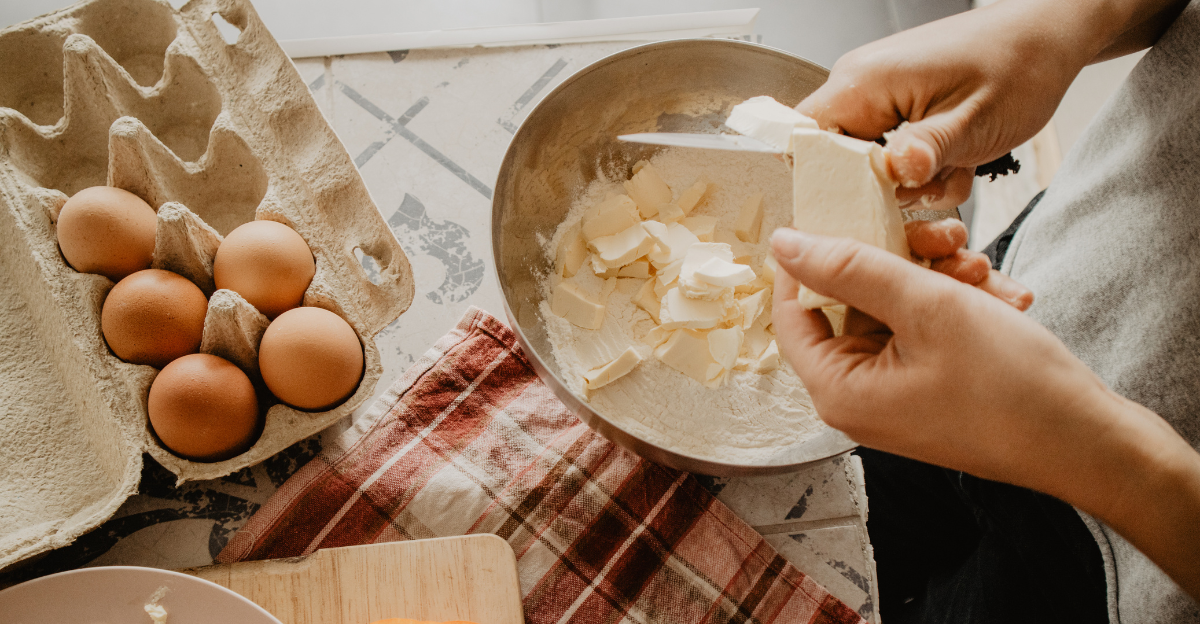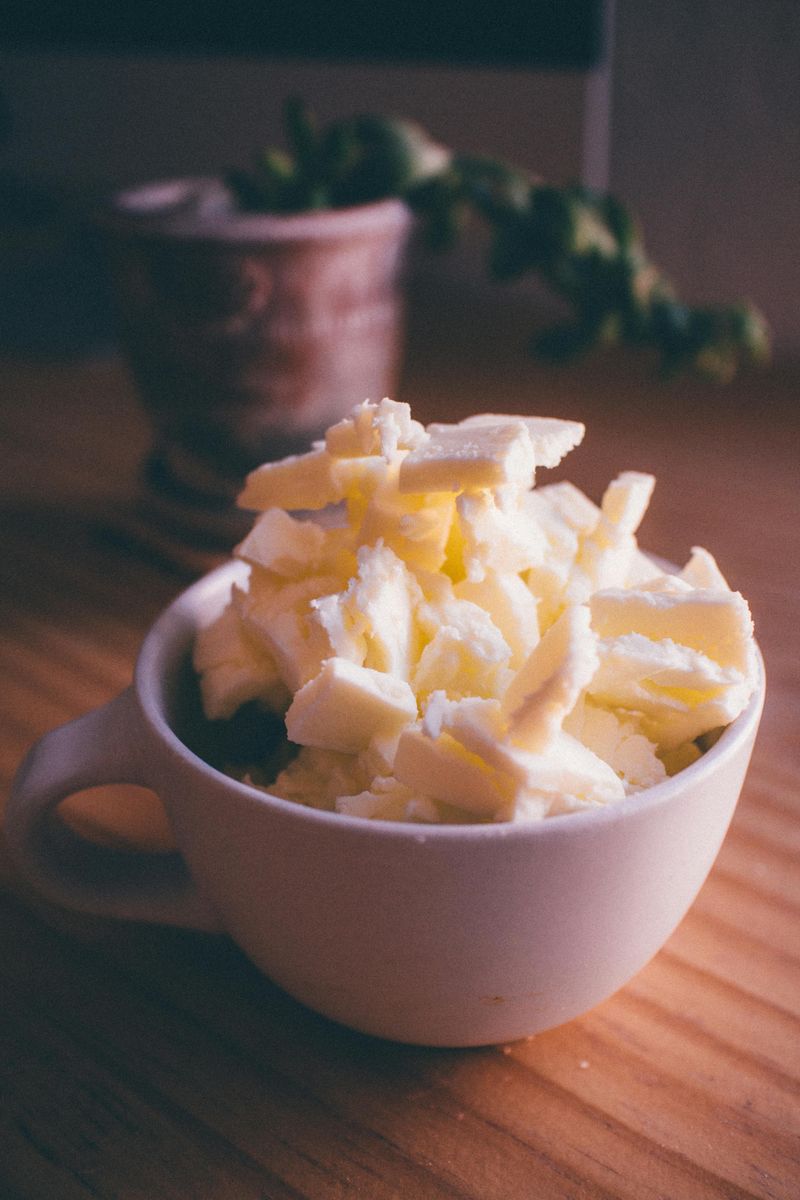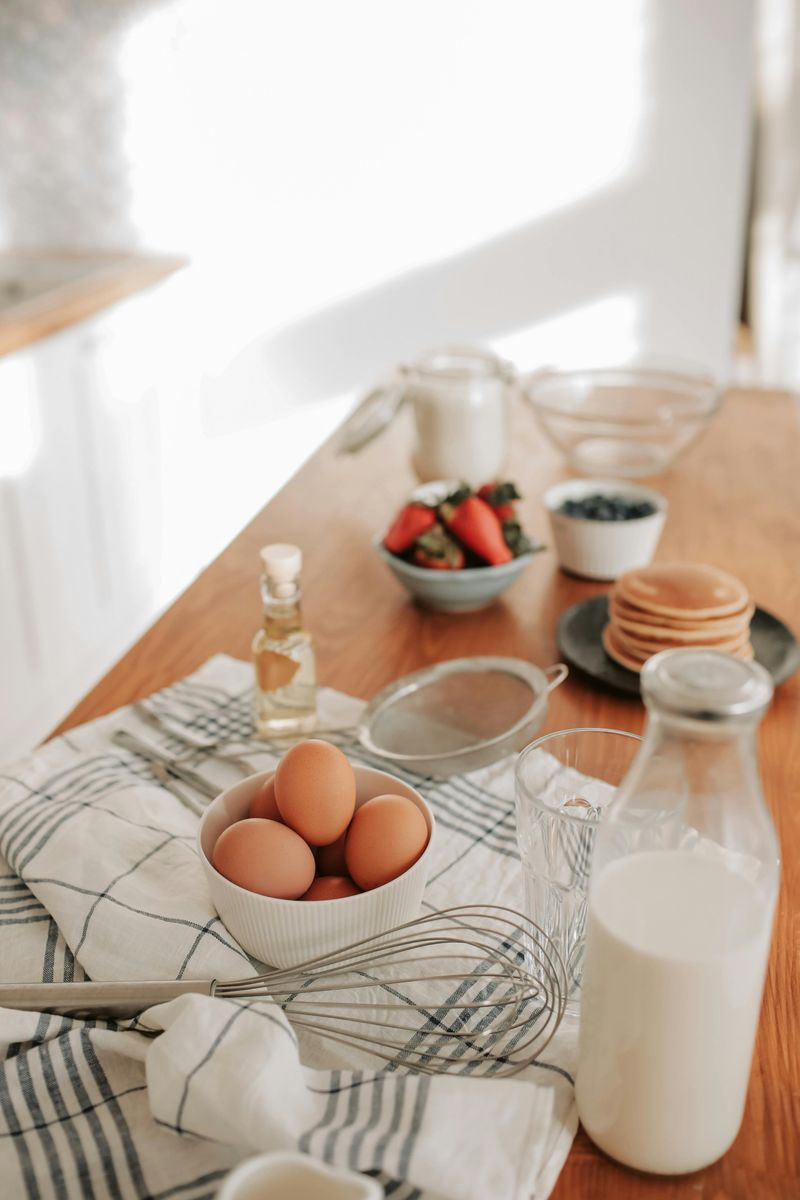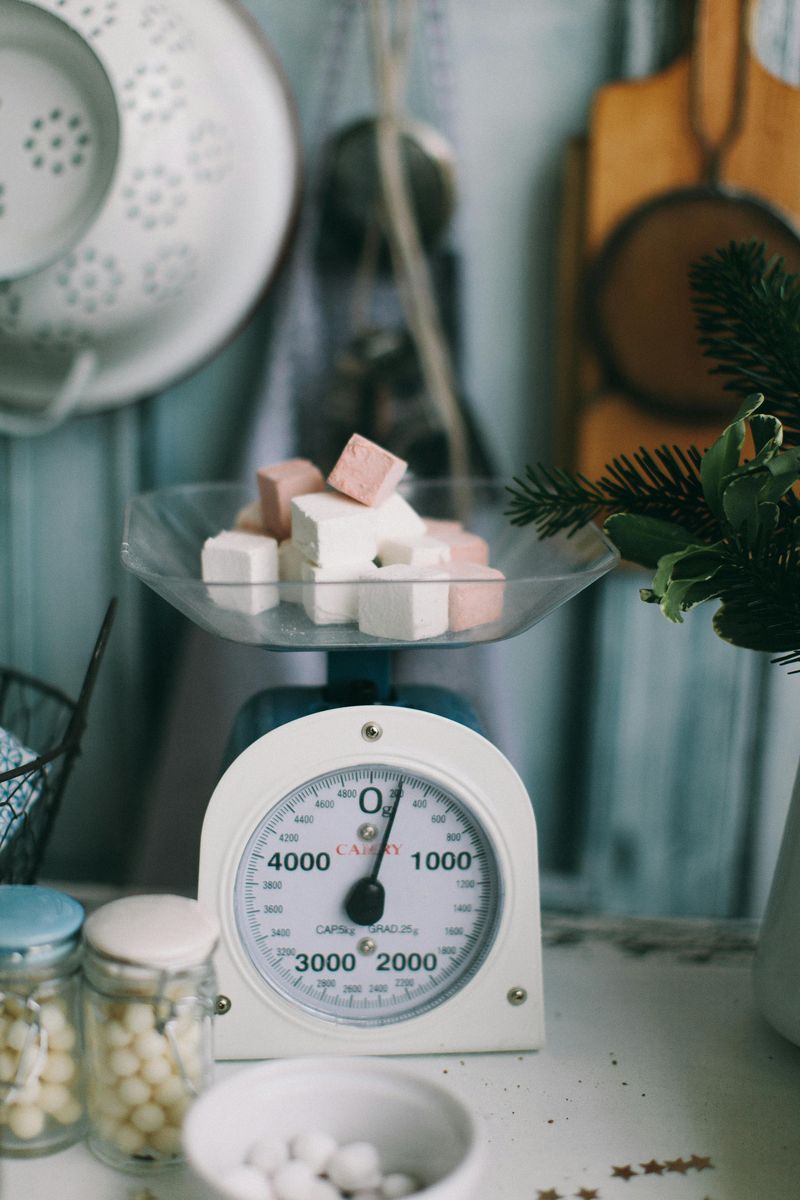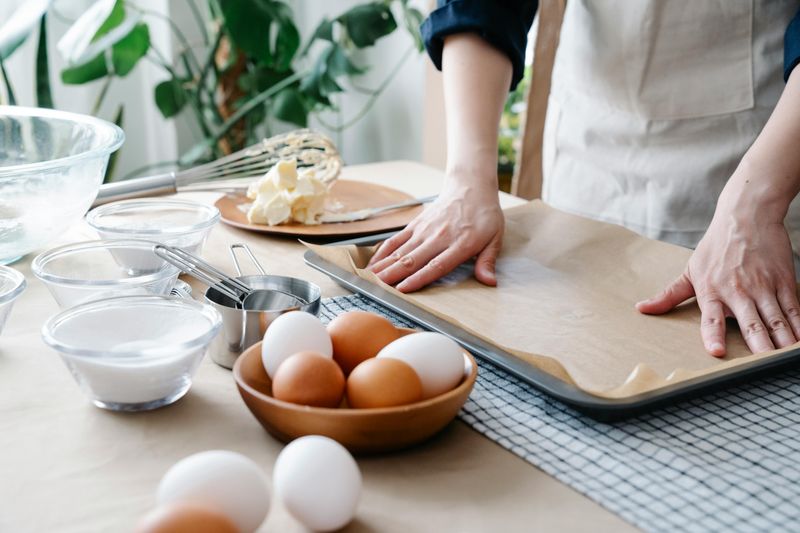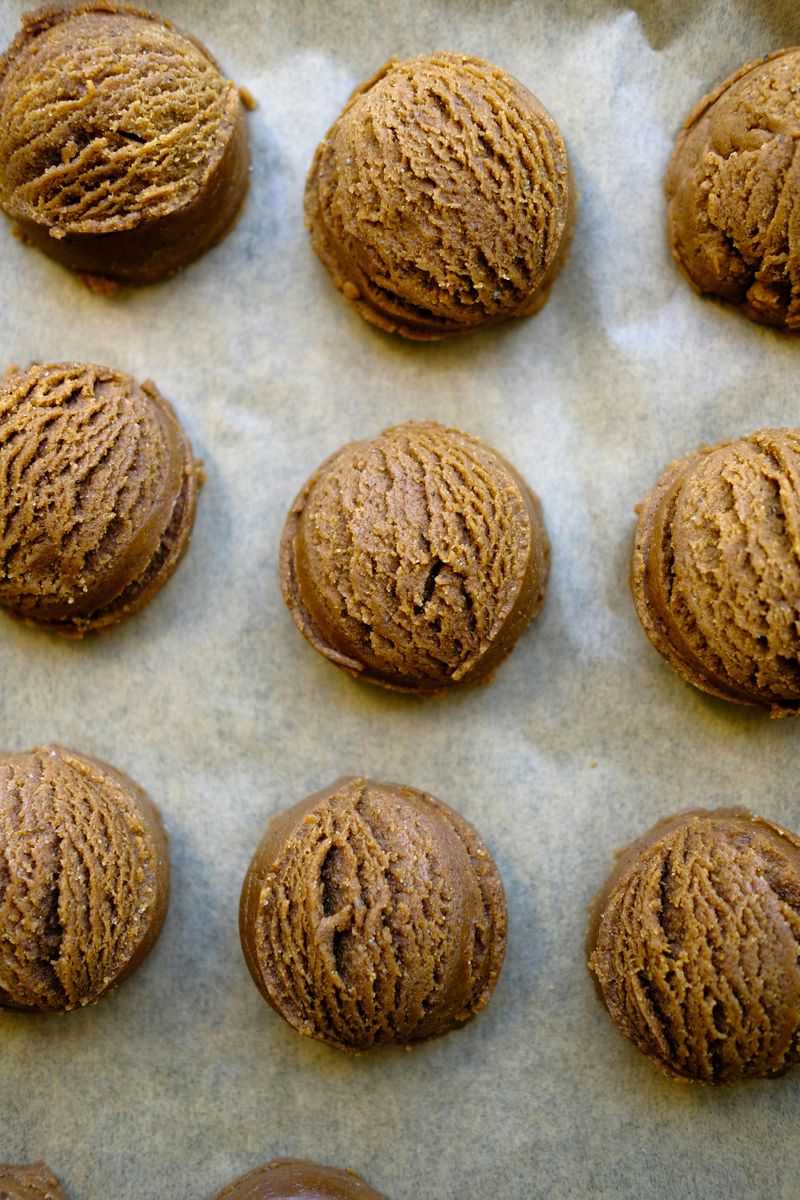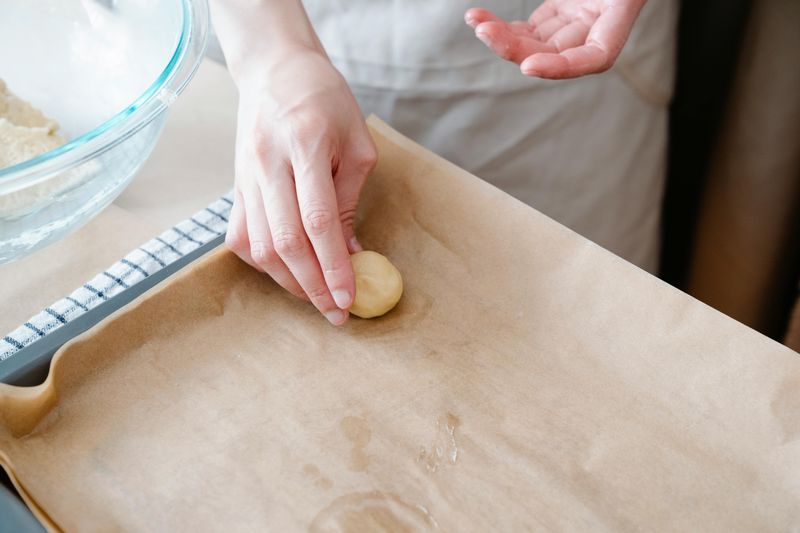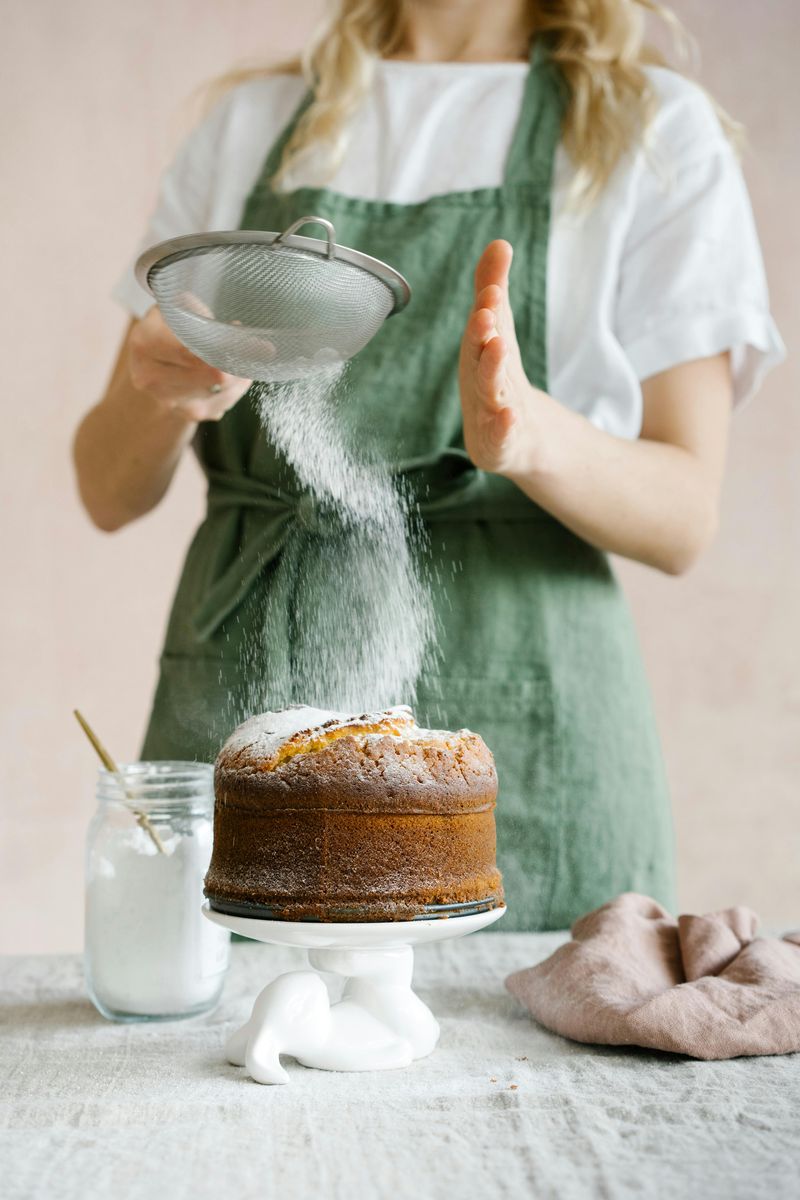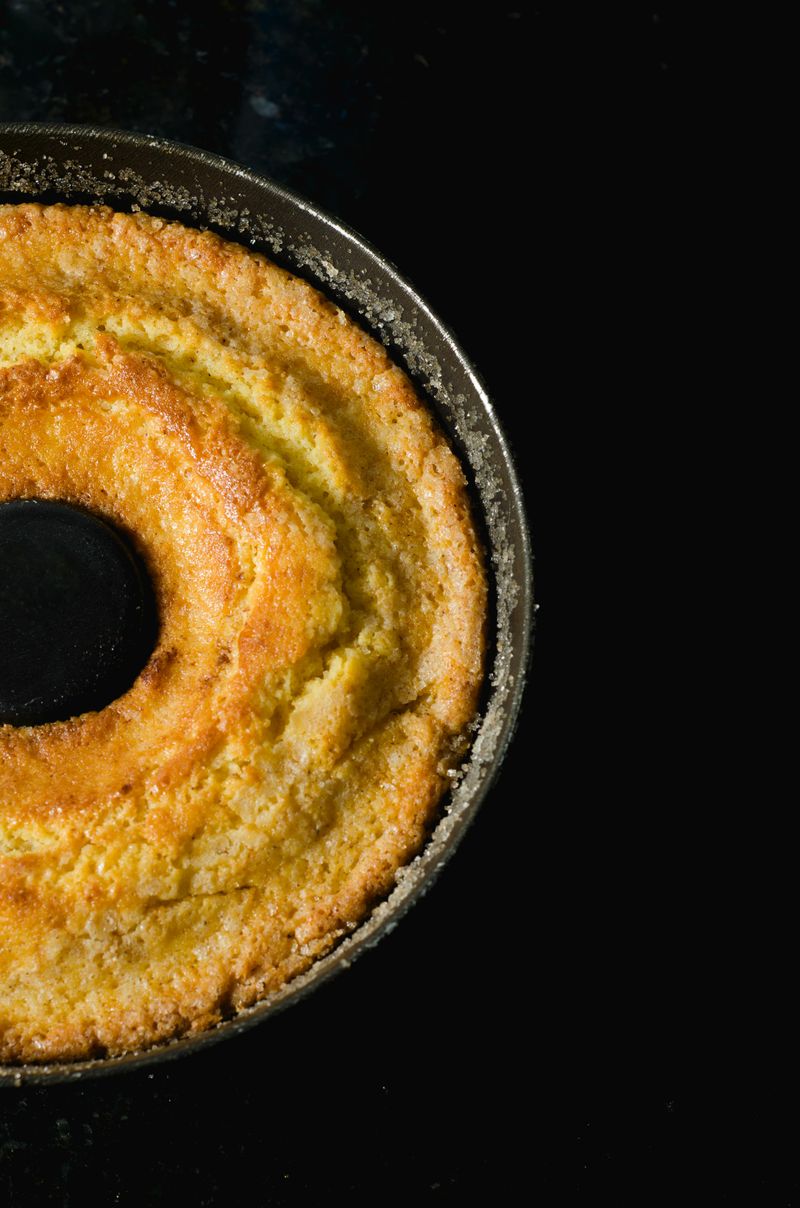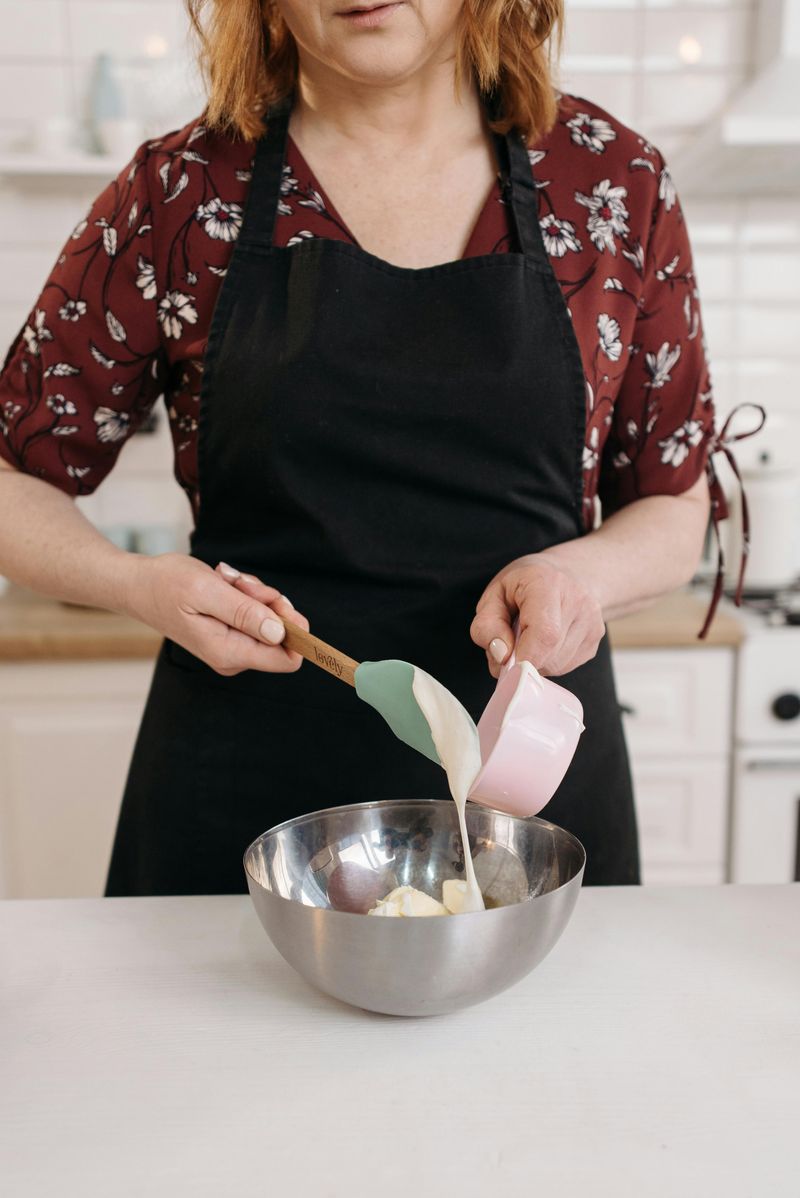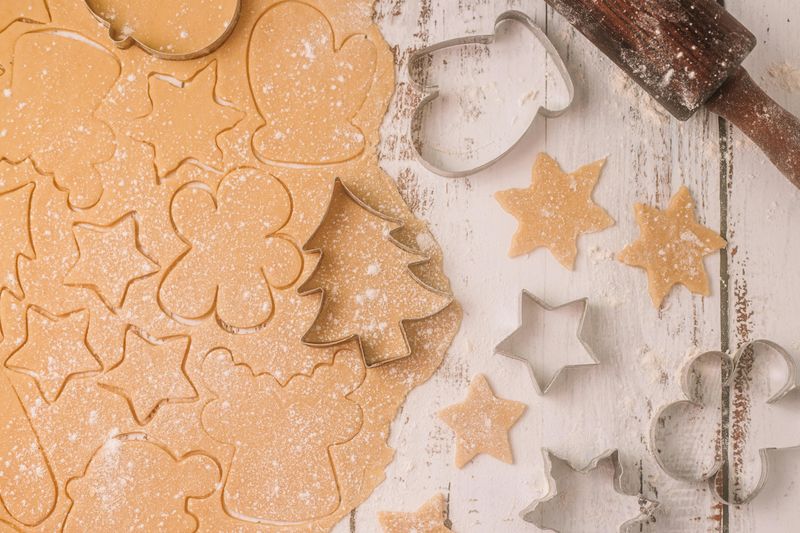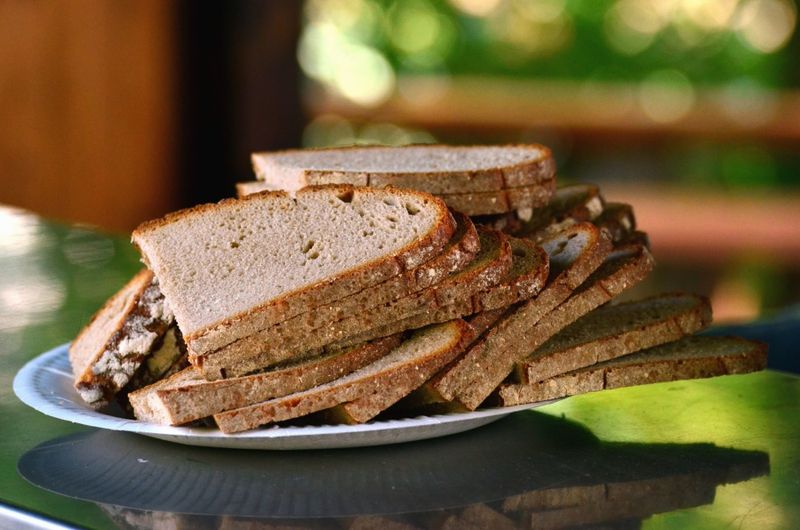Baking from scratch brings joy to many kitchens, but it can feel overwhelming when time is tight. Between measuring ingredients, waiting for things to soften, and cleaning up mountains of dishes, the process sometimes takes longer than expected. Fortunately, clever shortcuts exist that speed up your baking routine while keeping your treats just as delicious. These practical tips will help you bake smarter, not harder, so you can enjoy homemade goodies without spending your entire day in the kitchen.
1. Soften Butter Quickly by Cutting It Into Cubes or Grating It
Waiting for butter to reach room temperature can feel like watching paint dry, especially when you are ready to bake right now. Instead of leaving a stick on the counter for an hour, grab your grater or a sharp knife. Grating cold butter creates tiny pieces that soften in just minutes because they have more surface area exposed to the air.
Cutting butter into small cubes works almost as well and takes less effort. Either method gets your butter ready for creaming with sugar much faster than the traditional wait. Your cookies and cakes will turn out just as fluffy and tender with this speedy trick.
2. Bring Eggs to Room Temperature in a Bowl of Warm Water
Cold eggs straight from the refrigerator do not blend well with other ingredients, which can lead to lumpy batter or uneven mixing. Professional bakers know that room temperature eggs create smoother, airier batters that bake more evenly. But who remembers to take eggs out ahead of time?
Fill a bowl with warm (not hot) water and place your eggs inside for about five to ten minutes. The gentle warmth brings them to the perfect temperature without cooking them. This simple trick saves you from planning hours ahead and keeps your baking schedule flexible whenever the craving strikes.
3. Use a Kitchen Scale and Weigh Ingredients Instead of Using Many Measuring Cups
Scooping flour with measuring cups often packs in more than you need, leading to dry, dense baked goods that disappoint everyone. A digital kitchen scale eliminates this guesswork by giving you exact amounts every single time. Plus, you only dirty one bowl instead of a sink full of measuring cups and spoons.
Weighing ingredients also speeds up your prep work considerably. You can add everything directly into your mixing bowl, zeroing the scale between additions. This method is how professional bakeries maintain consistency, and it makes cleanup a breeze when you are done baking.
4. Prep Pans Early Before Mixing
Nothing causes more panic than having batter ready but no prepared pans, especially when time-sensitive recipes like muffins or cupcakes are involved. Getting your pans ready before you even crack an egg saves precious minutes and reduces stress. Line them with parchment paper or give them a good coating of butter or cooking spray.
This advance preparation means your batter goes straight into the oven at the right moment, which matters for recipes that rely on leavening agents. When baking powder or baking soda starts working, you want those goodies baking immediately. Your treats will rise better and bake more evenly when pans are waiting and ready.
5. Portion Batter Uniformly Using a Cookie Scoop
Ever notice how some cookies finish baking while others stay doughy in the middle? Inconsistent sizing causes this frustrating problem, wasting time as you pull out individual cookies at different times. A spring-loaded cookie scoop creates perfectly identical portions every single time, ensuring everything bakes at the same rate.
These handy tools come in various sizes for different treats, from mini cookies to jumbo muffins. They work faster than spoons and keep your hands cleaner too. Uniform portions also look more professional and appealing, making your homemade goodies seem bakery-quality without any extra effort on your part.
6. Freeze Cookie Dough Balls So You Can Bake Fresh Anytime
Imagine having warm, freshly baked cookies ready in fifteen minutes whenever the craving hits. Freezing pre-portioned cookie dough balls makes this dream a reality without any extra work on baking day. Spend one afternoon making a big batch, then freeze the dough on a tray before transferring to a freezer bag.
When you want cookies, just pull out however many you need and bake them straight from frozen, adding just a minute or two to the usual baking time. This hack means less cleanup on busy weeknights and always having a homemade treat ready for unexpected guests or sudden sweet tooth emergencies.
7. Make Your Own Powdered Sugar
Running out of powdered sugar right when you need it for frosting feels incredibly annoying, especially if the store is far away. Your regular blender or food processor can solve this problem in under a minute. Just blend granulated sugar on high speed until it becomes fine and powdery, adding a tiny bit of cornstarch to prevent clumping.
One tablespoon of cornstarch per cup of sugar does the trick perfectly. This homemade version works exactly like store-bought powdered sugar in frostings, glazes, and dusting. You will save money and always have what you need right in your pantry without making emergency shopping trips.
8. Use Cake Strips Around Pans for Even Baking
Domed cakes with crusty edges require trimming and extra frosting to hide imperfections, which wastes both time and ingredients. Cake strips, or homemade damp towels wrapped around your pans, insulate the edges so everything bakes at the same rate. The center and edges finish simultaneously, creating perfectly flat, evenly baked layers.
Simply soak fabric strips in water, wring them out, and secure them around your pans before baking. The moisture keeps the pan edges cooler, preventing them from setting too quickly. Your cakes will need less leveling and frosting, saving you effort while producing professional-looking results that impress everyone at the table.
9. Spray or Coat Measuring Cups Before Sticky Ingredients
Sticky ingredients like honey, molasses, or peanut butter cling stubbornly to measuring cups, leaving you scraping forever and never getting the full amount into your bowl. A quick spray of cooking oil or a light coating of butter solves this messy problem instantly. The sticky stuff slides right out in one smooth motion, giving you accurate measurements without frustration.
This trick also works brilliantly for measuring cups used with thick batters or doughs. Less waste means your recipes turn out exactly as intended, with proper ingredient ratios. Plus, cleanup becomes remarkably easier when nothing is glued to your measuring tools, saving you scrubbing time after baking.
10. Dip Cookie Cutters in Flour Before Cutting Dough
Wrestling with cookie cutters that stick to dough ruins perfectly rolled sheets and tests your patience when you are trying to make dozens of cookies. A light dip in flour before each cut creates a non-stick barrier that releases dough cleanly every single time. This simple step prevents tearing and keeps your shapes crisp and defined.
Keep a small bowl of flour next to your work surface for easy access. Tap off any excess before pressing down to avoid adding too much flour to your dough. Your cookies will look neater, cut faster, and maintain their intended shapes through baking, making decorating much more enjoyable afterward.
11. Store Brown Sugar with a Slice of Bread
Hard, rock-like brown sugar turns baking plans into a chiseling nightmare that nobody wants to deal with when time is limited. A single slice of bread stored in your brown sugar container keeps it soft and scoopable for months. The bread releases just enough moisture to prevent the sugar from drying out and clumping together.
Replace the bread slice every few weeks to maintain freshness. Some bakers prefer using a marshmallow instead, which works equally well and lasts even longer. Either method means you will always have ready-to-use brown sugar without microwaving, hammering, or running to the store at the last minute for a fresh bag.
